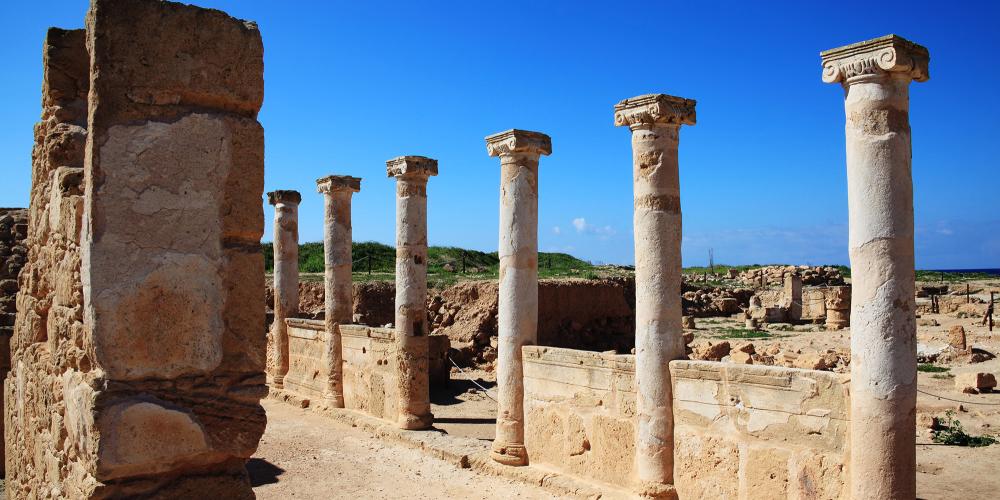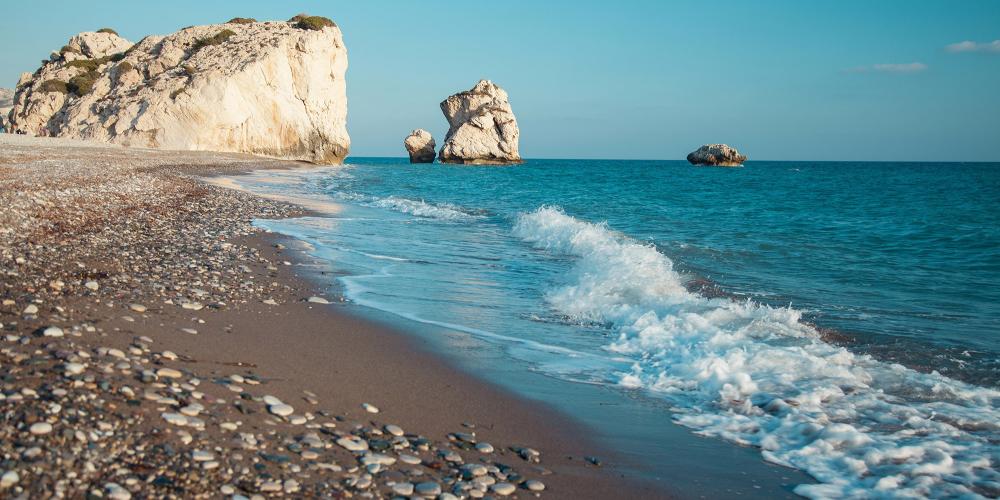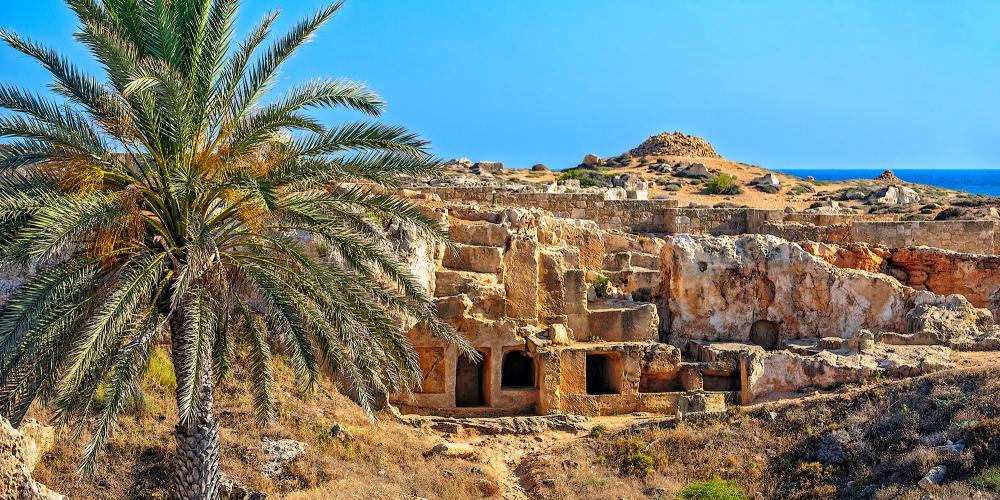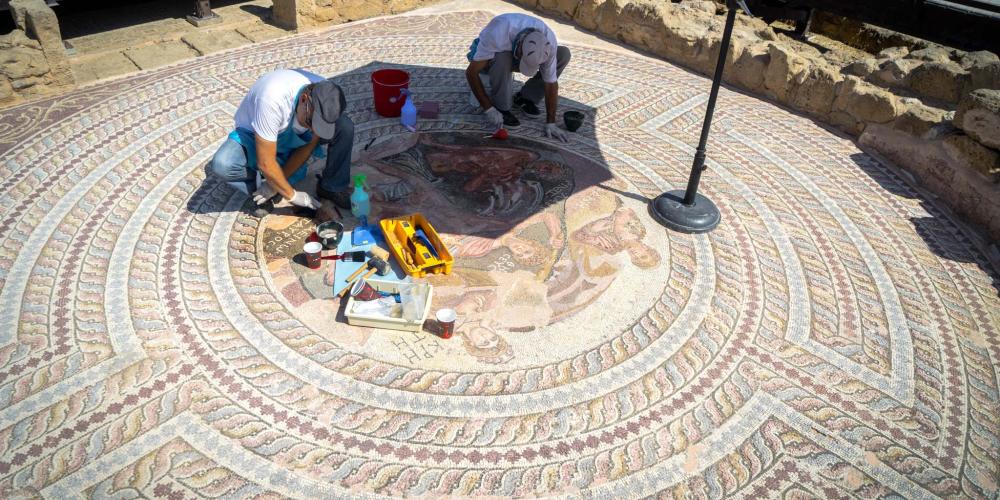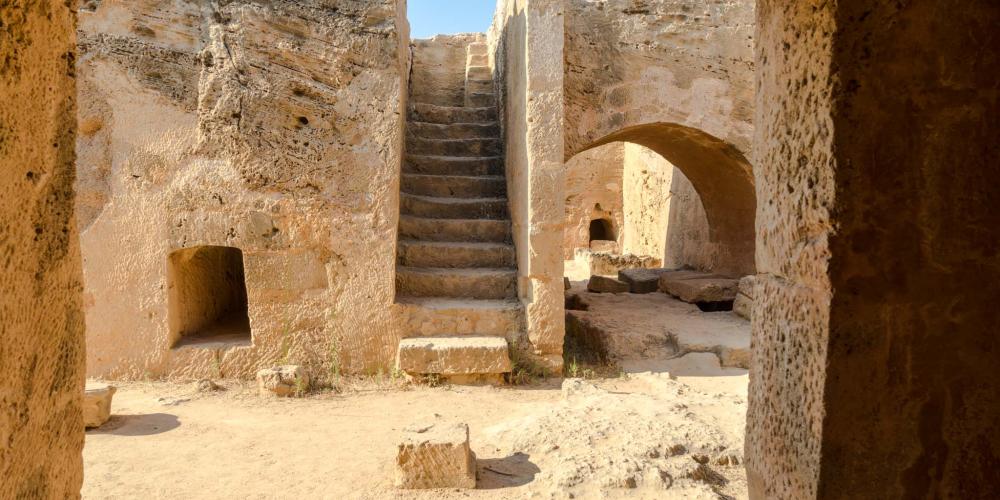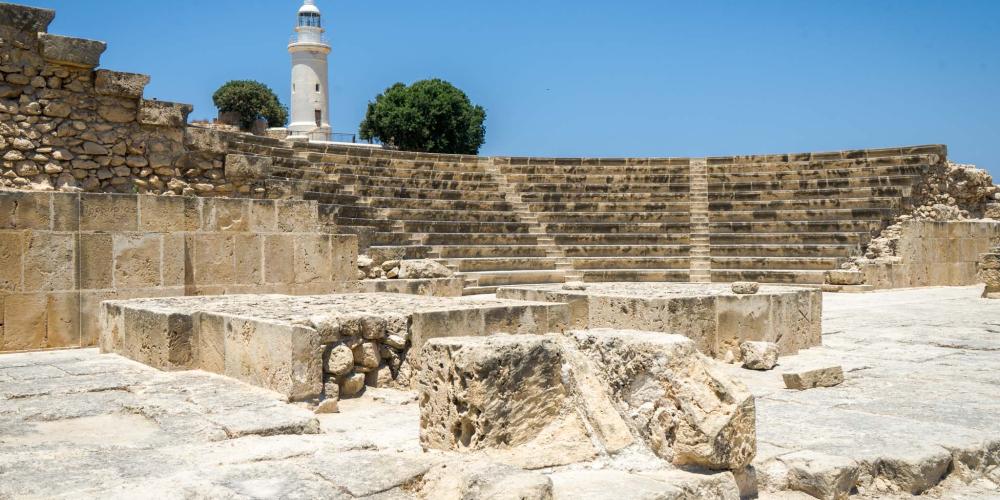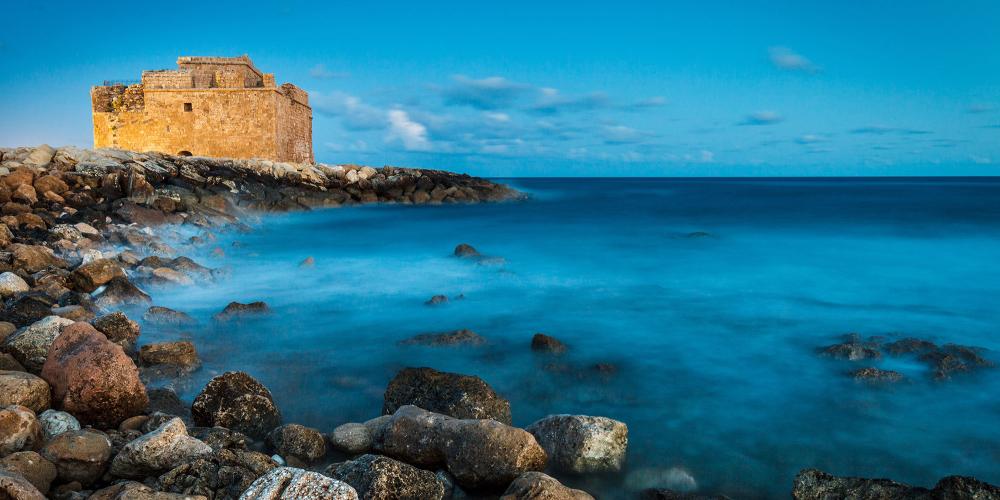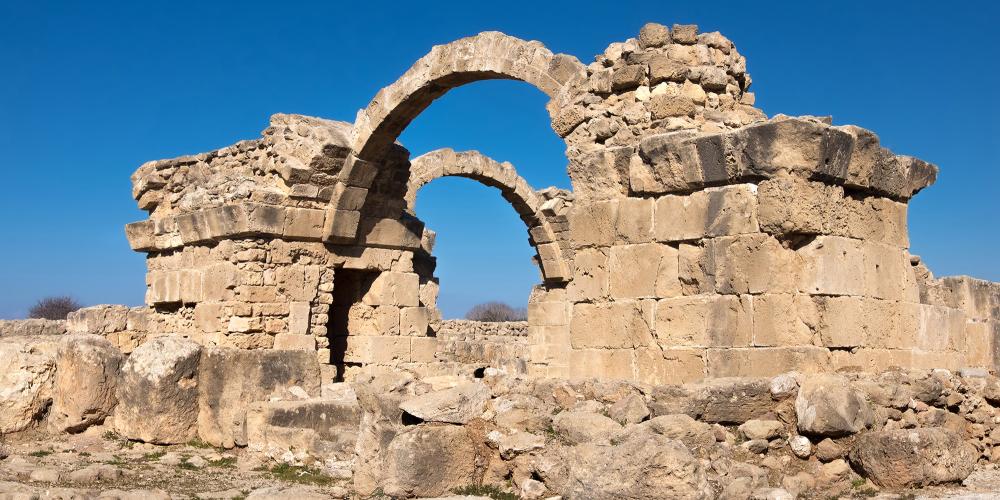Pafos (Paphos), Cyprus

Passion is the operative descriptor for Pafos. Passion for craft, passion for aesthetic, and, of course, passion for the source of it all: Aphrodite, the goddess of love. Visitors to this magical place are rewarded with the exceptional ancient remains of Roman villas, theatres and other public buildings, Medieval fortresses, and tombs of singular archaeological and historic value. When one gets in the archaeological site, there's an extra treat with some of Europe's most beautiful mosaics, which decorate the rich Roman houses and depict scenes from Greek mythology and everyday life.
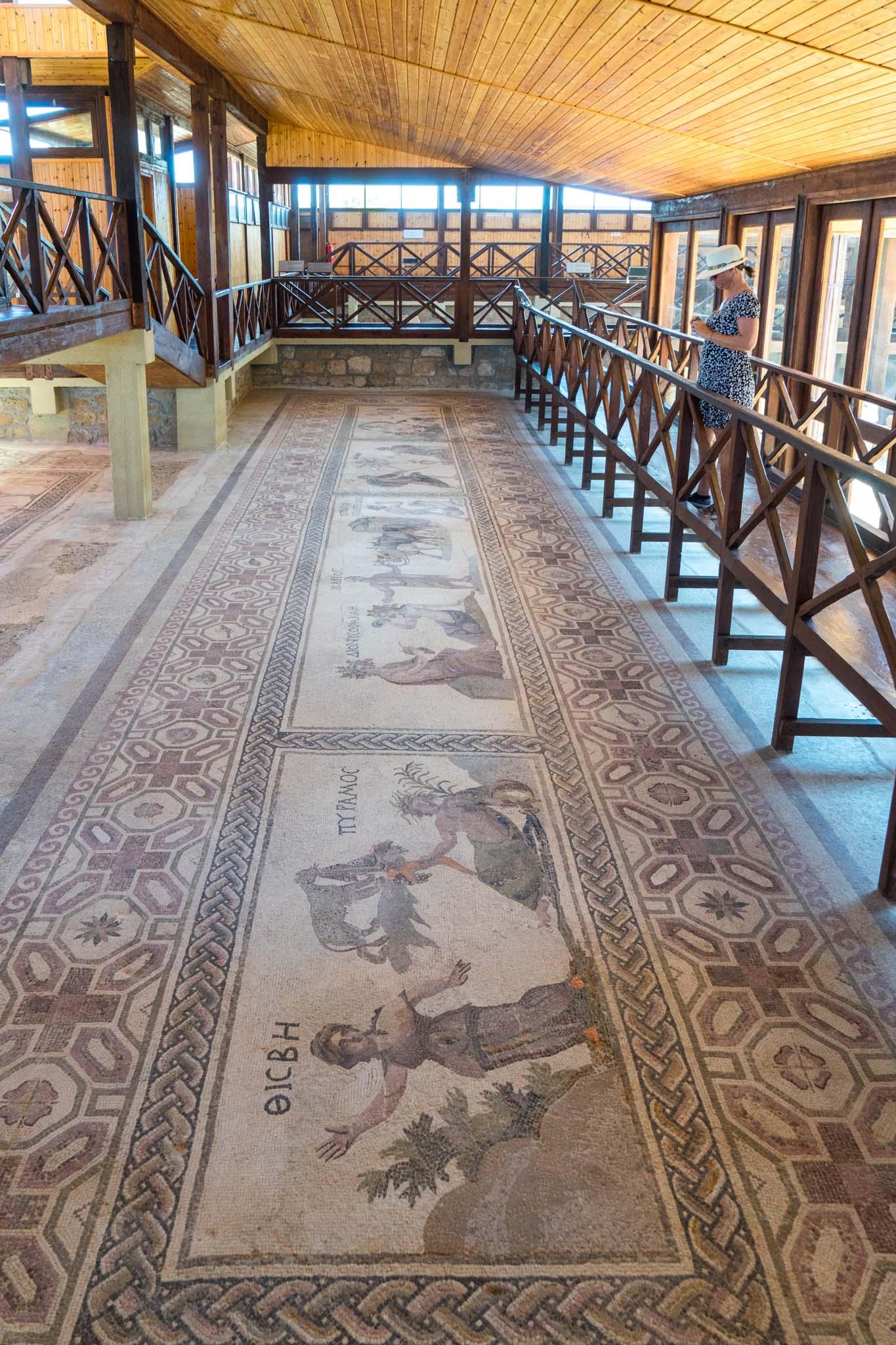
Aphrodite has been worshipped for thousands of years. Even so, the love will feel fresh when one steps foot on the site of Pafos. It was here in Cyprus that it all began, and where the legend says the goddess was born on the southern coast. A sanctuary was built by the Mycenaeans in the 12th century BC and later on, more than 2,500 years ago, devotees from the Cult of Aphrodite celebrated a deity dedicated to pleasure and fertility and took part in rituals in her honour.
Situated at the crossroads of three continents - Europe, Asia and Africa - the island’s unique geographic position has played an important part in its turbulent past since antiquity, and played a central role in the transmission of cultural traits from Asia to Europe. Walk in the footsteps of a Goddess through the Aphrodite cultural route which covers some of the island's most sacred sites and natural attractions. As you venture further along the glistening coastline, there are large underground tombs cut into solid rock, in a site known as the "Tombs of the Kings". Admire the mosaics of Nea Pafos - among the most beautiful in the world.
Nea Pafos is an important archaeological site, where apart from the ancient architectural remains, one can explore the beautiful natural landscape and even a historic lighthouse. The ancient artefacts excavated from the broader area throughout the years are exhibited in the archaeological museum of the Pafos District. You can also visit the medieval Pafos Castle, adjacent to the archaeological site and the harbour.
The Story of a Goddess
The images we associate with Aphrodite - the goddess of beauty in ancient Greek mythology - who emerged from the sea - were inspired by the poetry of Homer and other ancient writers, as well as representations in ancient Greek art on sculptures, vase-paintings, mosaics and other forms of art. These representations and descriptions influenced the artistic expressions of this deity, depicted as an attractive and beautiful woman, in art throughout history. The development of the goddess was a gradual process during which she took many forms. At the World Heritage Site in Pafos, visitors are able to trace this evolution and see what remains of the ancient city that was established at the same time.
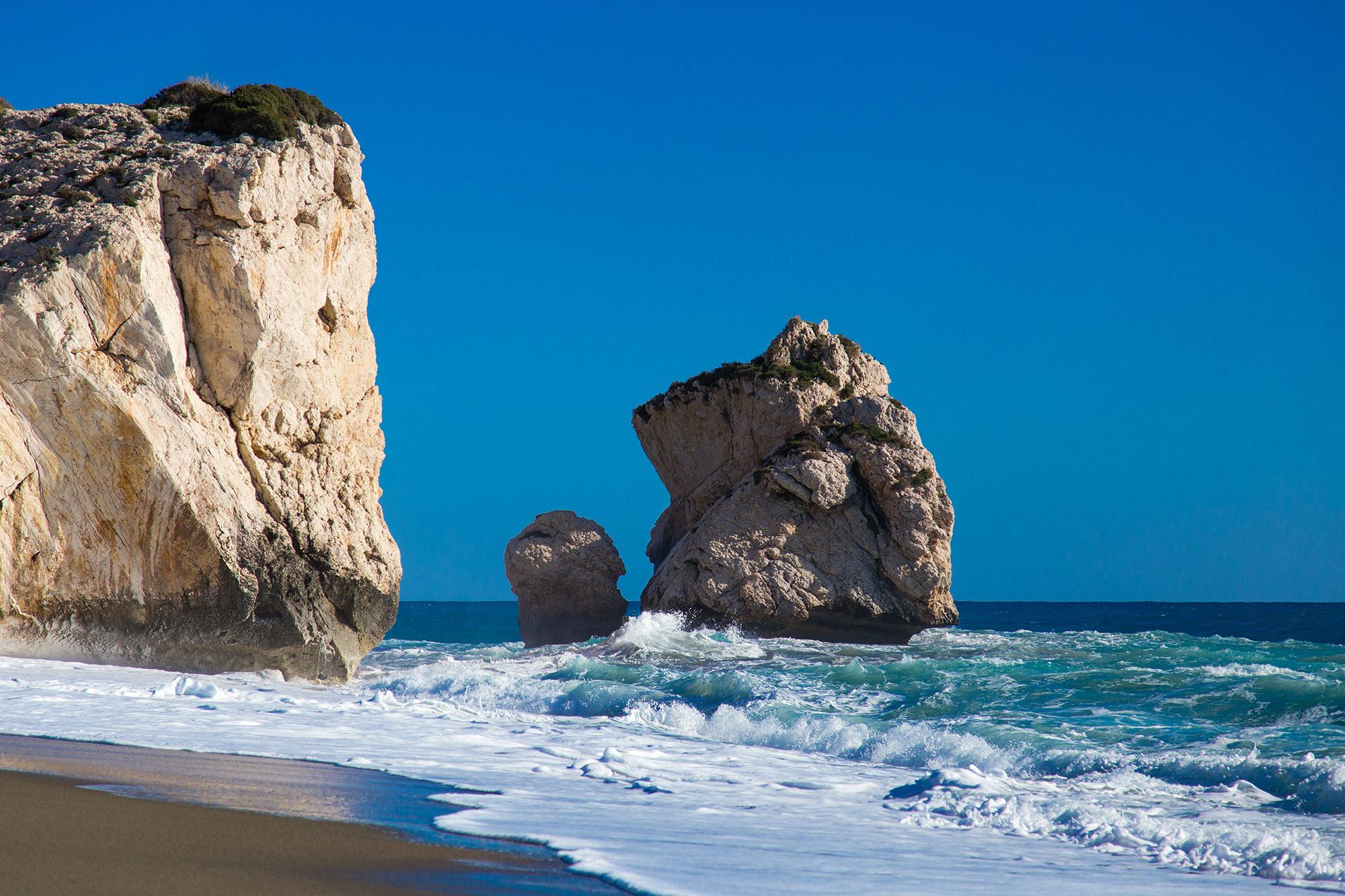
Travellers to the Sanctuary of Aphrodite at Kouklia, a short drive from the centre of Pafos, will find the architectural remains of the original temple of the Cult of Aphrodite. Surrounding the sanctuary, the ruins of a Roman settlement shine a spotlight on this unique ancient site. For a full explanation and guide, the excellent museum, hosted in a Medieval manor house, has a collection of artefacts from the sanctuary, including a large black basalt stone - once worshipped as a representation of the female deity.
Sites of Historic Importance
Right next to the Pafos tourist area, the Kato Pafos Archaeological Site is one of the most significant parts of the World Heritage Site. This is the site of the "new" Pafos, which moved from the Sanctuary of Aphrodite at Palaipafos ("old" Pafos), the modern village of Kouklia, to this location in the 4th century BC because it offered a better harbour to the Ptolemies, which were then the rulers of the island, and had their seat in Egypt. Because of this important location the new city of Pafos had become the capital of the island during this period, and retained this role in the Roman period as well.
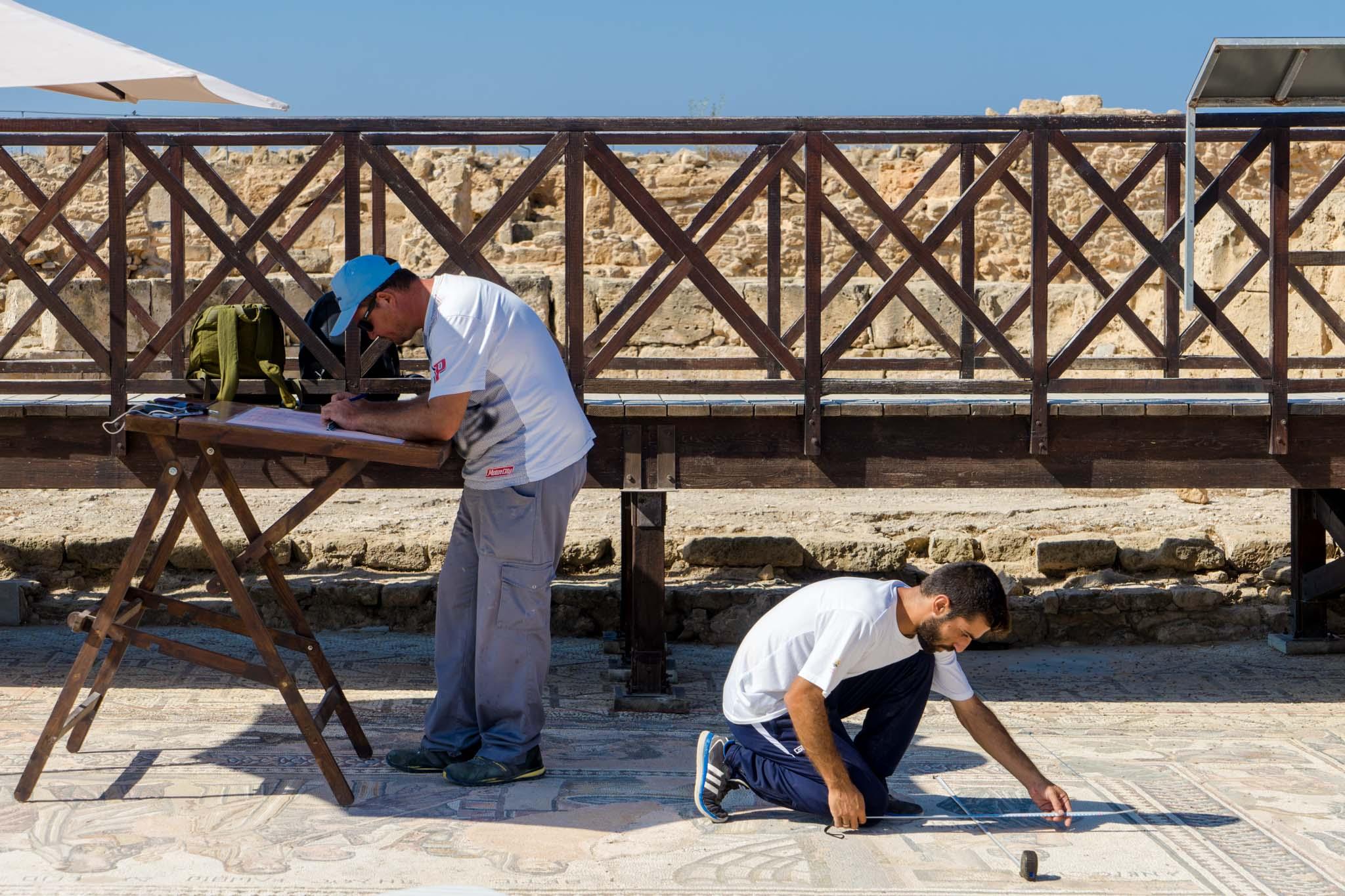
During the Roman period, Pafos was an important stop on the trading route between Alexandria, Egypt, and Rome. Wealthy citizens built a city with grand houses and public buildings like baths and a theatre. Inside the houses of the most wealthy, the floors were decorated with remarkable mosaics. Many of these still remain and they are a highlight of a visit to Kato Pafos.
The Tombs of the Kings is a site just north of Pafos. This majestic necropolis was used from about the 4th century BC until the 3rd century AD as the burial place for the wealthy and powerful. The underground tombs were cut into the rock and decorated with columns and wall paintings. They are well preserved and visitors are welcome to investigate these exceptional structures.
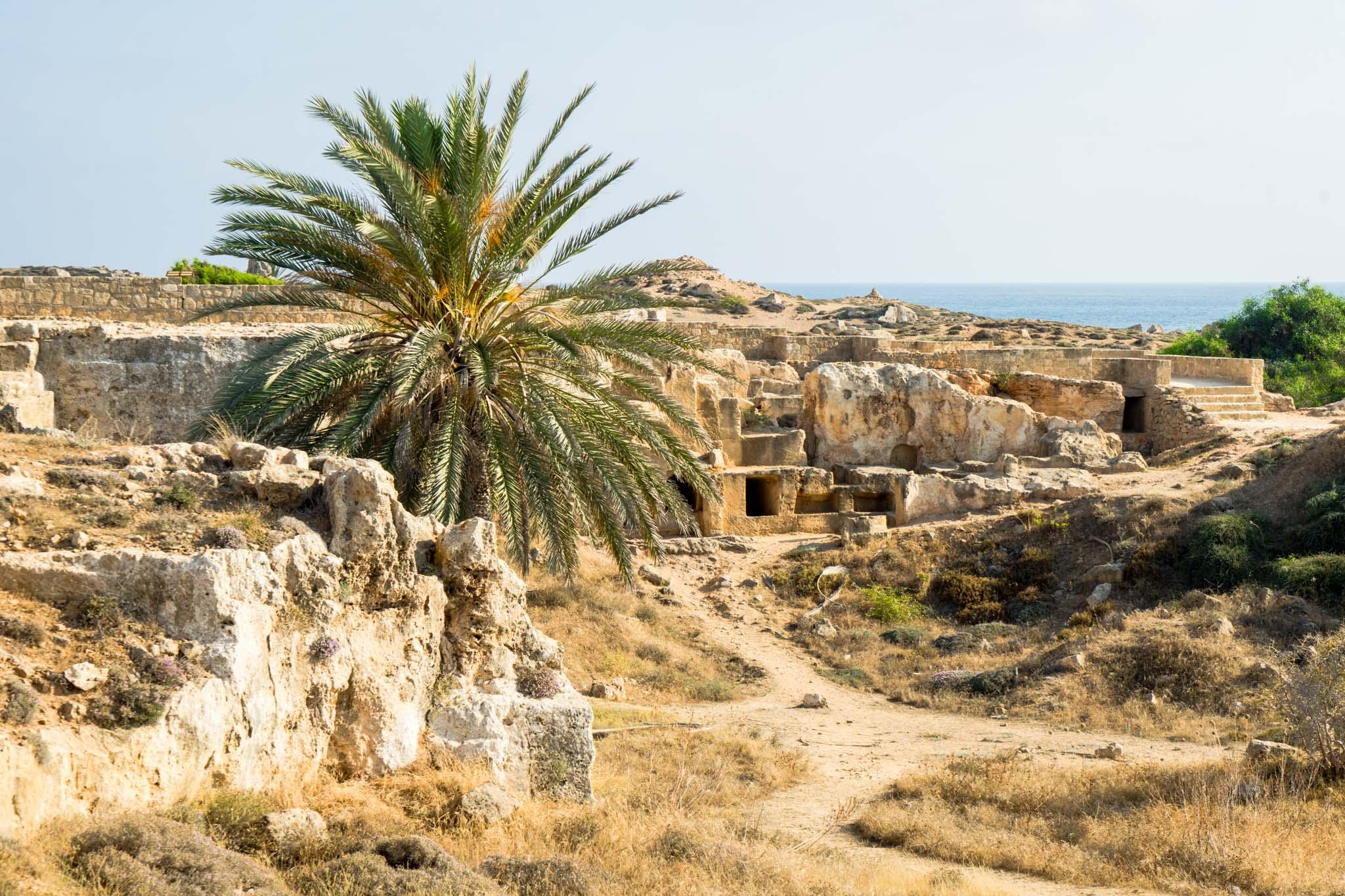
Unparalleled Culture and Nature
Throughout the historic centre of Pafos other landmarks have been included in the World Heritage Site, including churches and defensive walls. Among them, a vibrant modern city has emerged that has become a popular tourism destination with fine restaurants, nightlife, and shopping. And, of course, all of this is set against the backdrop of the Mediterranean Sea, which offers dozens of beaches in and around Pafos - along with a glimpse into the natural assets of its surroundings, including unique species of flora, fauna, and birds. One can also admire the Lighthouse, which is situated in the archaeological site of Kato Pafos, and visit the houses of the lighthouse keeper, which host a permanent exhibition highlighting the relationship between Cyprus and the sea through the centuries, and the character of the lighthouses in Cyprus. This area offers an exceptional view to the sea and a romantic get-away in a site that still preserves its authenticity and splendor of the past.
Any successful journey to Pafos will revel in the history of Aphrodite - to be sure - but it will also venture further afield to the natural landscapes and experience the local hospitality. One might argue that this World Heritage site offers a complete journey of life, celebrated by love and beauty, the artistic expression of beliefs and the everyday activities of yesterday and today, developed and preserved in an island environment.
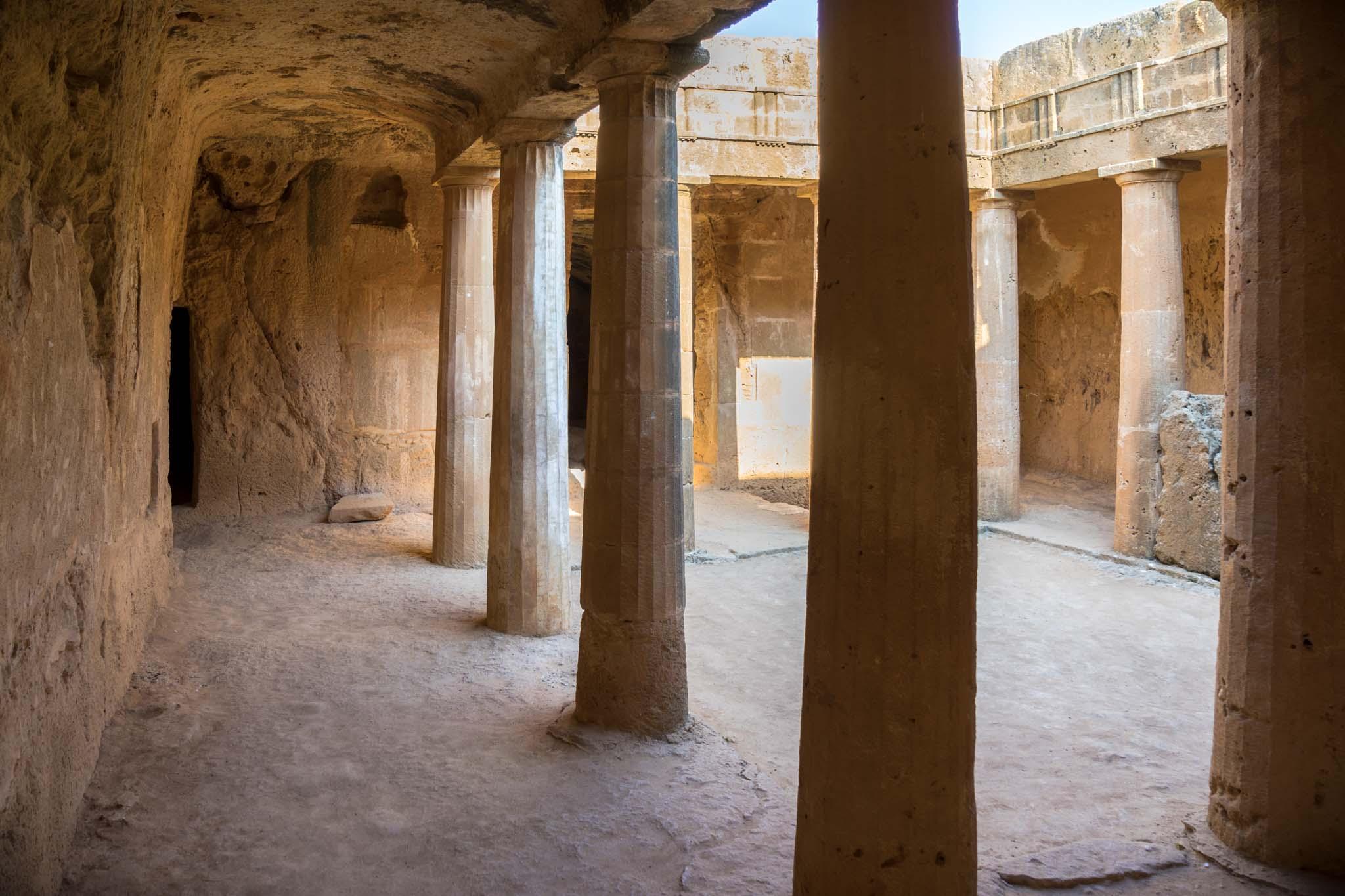
How to Get There
If arriving by plane, Pafos International Airport is 15 kilometres from the city centre. It has an average of 30 flight arrivals a day from across Europe. Bus number 612 runs about once an hour from the airport to the Pafos harbour.
The World Heritage Site of Pafos is spread out across several sites, although all of them are easily accessible from the city centre. Public transport is relatively limited and it is much easier to travel by car between the locations.
The Archaeological Site of Kato Pafos is within walking distance of the central tourist area of the city, and next to the Medieval Castle and the harbour.
When to Visit
Pafos is a year-round destination, but temperatures vary significantly with the seasons. During the height of the summer, the average temperature during the day is about 33°C, while in winter it is about 15°C (60°F).
The peak tourism season runs from April and October. Outside these months, prices are lower and there is more availability.
Spring offers reasonable weather and colourful landscapes, with blooming flowers and migrating birds. Greek Easter is a busy time on the island, and provides a lot of festivals and activities. The Opera Festival in Pafos takes place during the first weekend in September.
How to Visit
There is plenty to see and do around Pafos. Consider renting a car at the airport (or from agencies in town) to visit the different areas of the World Heritage Site and around the island. We suggest you visit for at least a week to fully explore all the art, culture, gastronomy, beaches and natural heritage that the region has to offer.
The Cyprus Tourism Organisation Information Offices in Pafos offer advice and information to help you best plan your visit.
